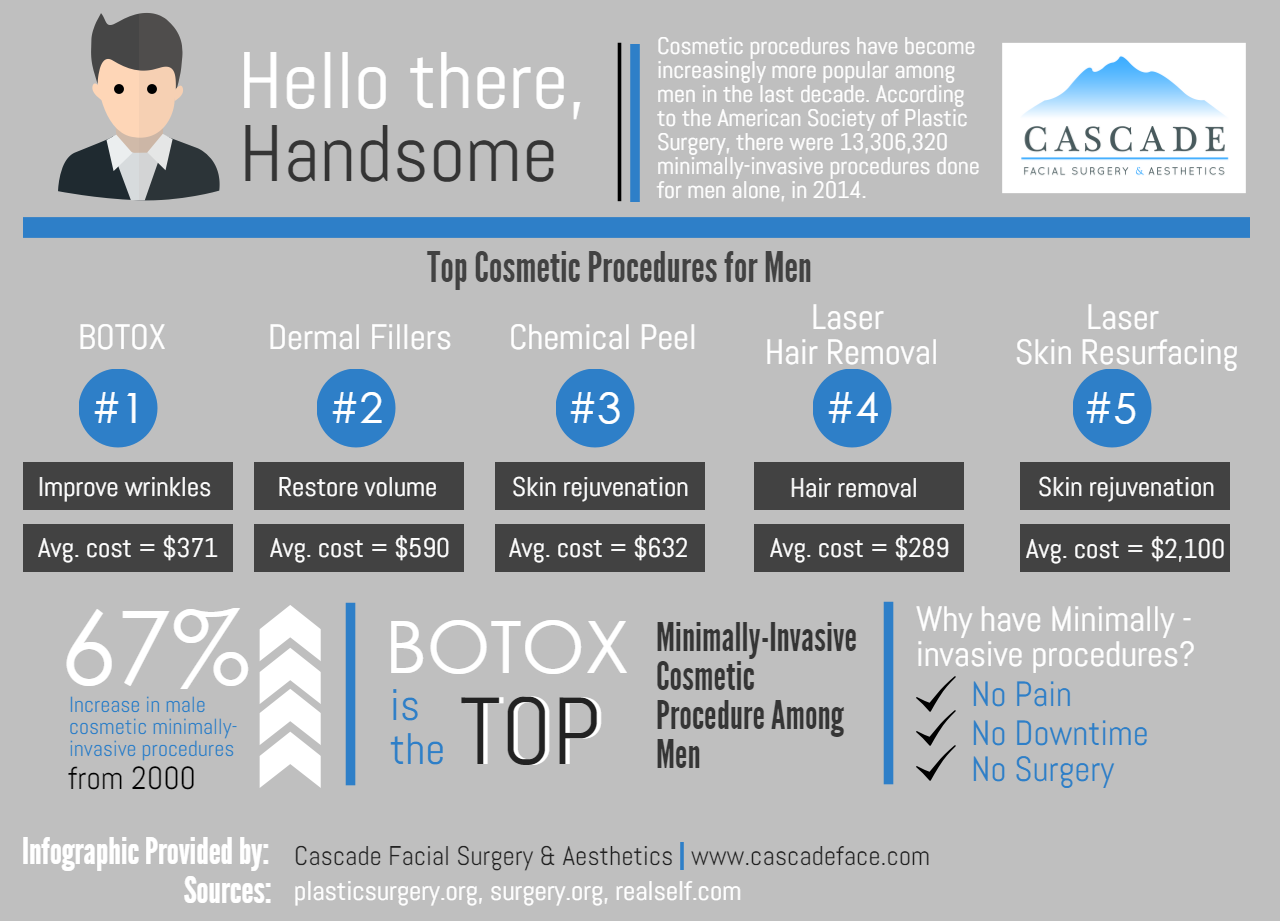Emerging Acne Trends
Emerging Acne Trends
Blog Article
Acne Treatment - What Are AHAs in Acne Therapy?
AHAs are a key component for unclogging pore blockages and brightening acne-prone skin. They work by breaking down dead skin cell accumulation to promote more recent, fresher cells, and protecting against future obstructions.
Developing topical AHAs necessitates careful attention to numerous essential variables that considerably influence their effectiveness and tolerability. Keeping the optimal pH variety, along with car option and concentration, magnifies their exfoliative attributes while reducing prospective adverse reactions.
Glycolic acid
Glycolic acid is known for its moderate yet reliable scrubing homes, which promote skin's natural losing and loosen the "glue" that holds dead cells externally of the skin. This aids unclog pores and lessen the look of great lines and creases, in addition to enhance general skin appearance and tone.
Remarkably, topical glycolic acid has likewise been revealed to promote the production of collagen, which is vital in preserving skin's firmness and elasticity. It is important to keep in mind, nevertheless, that since glycolic acid can stimulate the skin's level of sensitivity to sunshine, it is necessary to wear sun block when utilizing any items including this ingredient.
Skin doctors pay careful focus to the formula of items consisting of AHAs in order to optimize their efficiency and tolerability. Formulating AHAs with the ideal car, in addition to pH and concentration factors to consider, allows for ideal skin infiltration while minimizing prospective damaging reactions. This is especially essential for individuals with delicate skin, since AHAs are understood to be gently bothersome.
Lactic acid
Lactic acid is found in numerous non-prescription skin treatment items and some more powerful professional peels and treatments. It has the lowest molecular weight of all the AHAs and is able to penetrate deeper into the skin, where it is more effective at unclogging pores and exfoliating.
Like glycolic acid, it also boosts collagen synthesis, which aids lessen great lines and creases and enhance skin structure. Furthermore, it has moisture-retention homes, that makes it better for drier skin types than other AHAs.
The considerable body of professional data validating the efficiency of topical AHAs sustains their utility in a wide range of dermatological conditions and aesthetic issues. These include elaborate skin rejuvenation treatments, attenuation of fine lines and creases, lightening of hyperpigmentation, restorative intervention for actinic keratosis, and acne management [2] Maximizing the formula of AHAs by balancing pH, focus, and car selection further improves their restorative potential. These careful factors to consider enable skin doctors to provide safe and reliable treatments that provide remarkable professional outcomes.
Mandelic acid
Mandelic acid, stemmed from almonds, is another member of the AHA household and is a popular component in items that assist deal with acne. Its bigger molecular dimension suggests it passes through the skin extra slowly and gently, which can lower the potential for irritation. It's likewise much less most likely to trigger redness and other skin level of sensitivity issues, making it suitable for sensitive skin kinds.
Mandelic Acid is thought to help in reducing inflammation and increase hydration. It works by loosening up the bonds in between dead skin cells, enabling them to lose and reveal fresher-looking skin. It additionally helps reduce the look of bigger pores.
Developing topical products with AHAs calls for an exact balance of essential elements that considerably impact their efficiency and tolerability. In particular, the pH of an AHA formula has been shown to play a vital function in its capacity to advertise peeling and enhance complexion and structure. Accomplishing this ideal concentration is a challenging objective and needs thorough attention to the numerous factors that impact skin rocks near me the solution process.
Citric acid
Citric acid, located in citrus fruits such as oranges and lemons, is a light AHA. It's less irritating than glycolic or lactic acid, making it more suitable for sensitive skin. It likewise has astringent buildings, aiding to dry excess oil.
Like various other AHAs, citric acid can be made use of in chemical peels and day-to-day active/maintenance therapies to scrub the skin and promote cell turnover. It can help reduce the appearance of dark places and hyperpigmentation, along with great face lines.
It can likewise enhance the synthesis of glycosaminoglycans, which play an important role in reinforcing the skin obstacle function. This aids to avoid trans-epidermal water loss, and preserve optimal hydration degrees in the skin [35]
AHAs can be integrated with relaxing ingredients such as ceramides or hyaluronic acid to boost their tolerability. They can be integrated right into everyday active/maintenance skincare with cream or lotion formulations. This permits specialists to customize their AHA treatments based upon patient requirements and choices, with the versatility of picking from different therapy intensities or concentrations.